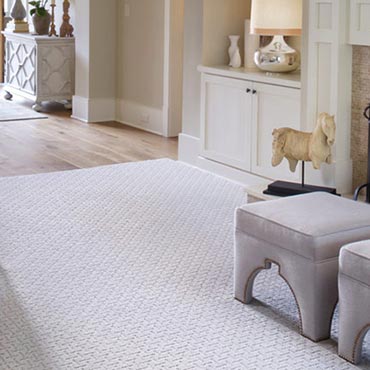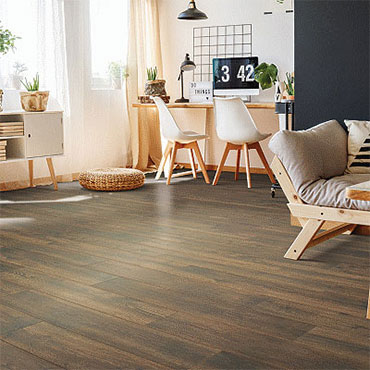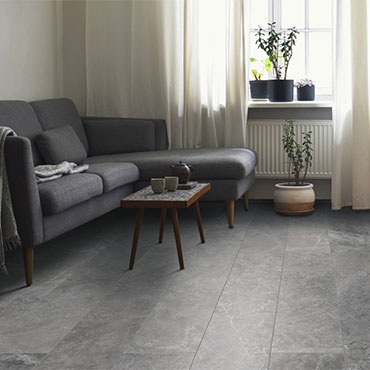


Choosing Flooring in Miami, Florida: A Climate-Savvy, Stylish Guide
When you think of Miami, Florida, images of sun-soaked beaches, vibrant Art Deco architecture, and lush palm trees come to mind. This coastal metropolis offers a blend of historic charm, modern luxury, and a lifestyle that’s all about embracing the great outdoors. From the iconic pastel hues of South Beach to sleek, glass-wrapped high-rises overlooking Biscayne Bay, the city is a melting pot of design influences. But while Miami’s blend of cultures and architectural styles is undeniably alluring, it’s also a place defined by its subtropical climate. High humidity, year-round warmth, and frequent rainstorms are the norm, making it essential to choose “Miami flooring” materials that stand up to the environment while enhancing the character of your home.
How Miami’s Climate Influences Flooring Choices
In a city surrounded by water and buffeted by salty sea breezes, your flooring in Miami must be able to handle moisture and temperature swings. Miami’s subtropical climate typically involves hot, humid summers and warm winters, along with heavy rainfall during the wet season. These conditions can quickly warp or damage materials not suited for high humidity. Mold and mildew can also be concerns, especially in older homes or those near the coastline.
Floors that resist moisture are often key, which is why many Miami homeowners lean toward non-porous, easy-to-clean surfaces. If you’re looking for “Miami floor installation” solutions that stand the test of time, consider options engineered to handle these unique conditions—whether that’s tile for its water resistance, vinyl for its durability, or engineered hardwood that won’t easily warp.
Popular Home Styles in Miami and the Best Floors to Match
Miami is a city of contrasts. Drive through Coral Gables, and you’ll see stately Mediterranean Revival homes with stucco walls and red-tiled roofs. Head downtown or to Brickell, and sleek modern condos rise against the skyline. Move over to Miami Beach, and you’ll find Art Deco treasures reflecting pastel palettes and geometric patterns. No matter your neighborhood, “best floors for Miami homes” often strike a balance between style and practicality.
Historic Homes: Older homes in areas like Coconut Grove or the MiMo District often feature original hardwood floors. While traditional hardwood is beautiful, it can struggle with humidity. Consider engineered hardwood as a compromise—it looks like genuine wood but handles moisture better, maintaining the home’s character without constant maintenance.
Modern Condos: Newer condos with open floor plans and large windows benefit from flooring that feels airy, easy to maintain, and durable. Luxury vinyl plank (LVP) and porcelain tile are both popular for their sleek finishes, water resistance, and ability to withstand heavy foot traffic without showing wear.
Beachfront Properties: Living near the coast often means dealing with sand, salt, and regular exposure to humidity. Porcelain or ceramic tile works exceptionally well here. The smooth, cool surface is easy to clean, doesn’t absorb moisture, and can handle the occasional sandy footprint with just a quick sweep.
Local Trends and Preferences
“Flooring in Miami” is influenced by a growing desire for sustainable, eco-friendly options. With environmental awareness on the rise, many homeowners are turning to reclaimed wood, bamboo, or cork flooring that minimize environmental impact while still providing durability. Showcases like the Miami Home Design and Remodeling Show often highlight these trends, where visitors can see cutting-edge flooring materials that are both stylish and responsibly sourced.
Another local preference is low-maintenance flooring. Given Miami’s active, outdoor lifestyle—boating, beach days, and year-round barbecues—most residents prefer flooring that’s easy to clean and stain-resistant. Flooring that can handle a splash of saltwater or a sudden downpour without losing its charm is a must.
Top Flooring Recommendations for Miami Homes
Porcelain Tile:
Porcelain tile is a longtime favorite for “Miami flooring.” It stands up beautifully to moisture, resists stains, and offers a cool surface underfoot during hot months. Its design versatility—from wood-look patterns to sleek, contemporary finishes—means it can complement everything from Art Deco interiors to ultra-modern condos.
Engineered Hardwood:
For those who love the natural warmth and elegance of wood, engineered hardwood is a savvy choice. Unlike solid hardwood, engineered wood features a stable base layer that resists warping, even in humid conditions. It’s a great fit if you’re aiming to preserve the classic look of historic homes while ensuring your floors can handle Miami’s climate.
Luxury Vinyl Plank (LVP):
LVP has gained traction in recent years due to its uncanny ability to mimic natural wood or stone while offering superior water resistance. Perfect for high-traffic areas and families with children or pets, LVP looks stylish and stands up to the region’s humidity and occasional flooding risks.
Where to Shop and Who to Ask in Miami
Local expertise makes all the difference when selecting and installing floors that suit Miami’s unique conditions. In and around the city, several well-regarded flooring showrooms and installers specialize in “hardwood flooring in Miami” or other suitable materials. Areas like the Miami Design District host reputable showrooms that cater to an upscale clientele, while family-owned flooring stores throughout the city can offer personalized recommendations. Don’t be shy about asking for references, checking online reviews, or requesting to see samples in person.
When it comes to “Miami floor installation,” hiring a local, licensed contractor is invaluable. These professionals understand the challenges posed by the climate, from properly sealing subfloors against moisture to recommending underlayment that improves overall durability. Ask for advice from local designers, contractors, and neighbors who’ve recently completed flooring projects. Their insights can help you avoid common pitfalls and find the perfect material.
Seasonal Maintenance Tips for Miami Floors
Floors in a coastal city need a bit of extra care:
Controlling Humidity:
Invest in a good dehumidifier or run your air conditioning consistently to keep humidity in check. This helps prevent warping in wood floors and reduces the risk of mold.
Dealing with Sand and Salt:
Place mats at entryways and encourage family and guests to remove shoes before stepping onto your floors. Regularly sweeping or vacuuming helps remove abrasive sand and salt crystals that can scratch surfaces.
Protecting Against Moisture:
In a city that experiences sudden downpours, be prepared to clean up tracked-in rainwater quickly. Consider using area rugs with moisture-resistant backings near entry points, and always wipe up spills or puddles to extend the life of your flooring.
Conclusion: Embracing Miami’s Unique Style and Climate
Choosing the right flooring in Miami is about more than just aesthetics—it’s about finding materials that fit the city’s distinct climate, complement your home’s style, and align with local trends. From durable porcelain tile in a coastal condo to engineered hardwood in a historic home, “Miami home renovation” choices are as diverse as the city itself. Tap into local experts, consider eco-friendly and moisture-resistant materials, and follow maintenance practices tailored to Miami’s conditions. With the right approach, you’ll enjoy flooring that enhances your home’s comfort, beauty, and value for years to come.
Wednesday: 9:00am-6:00pm



Wednesday: 8:30am-5:30pm







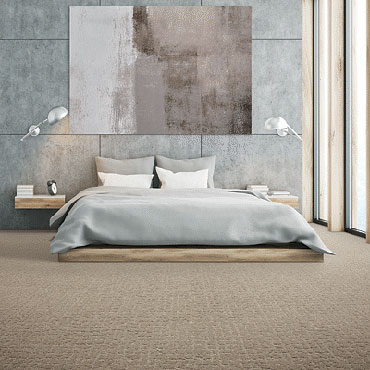

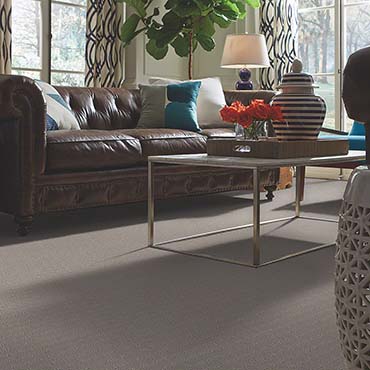
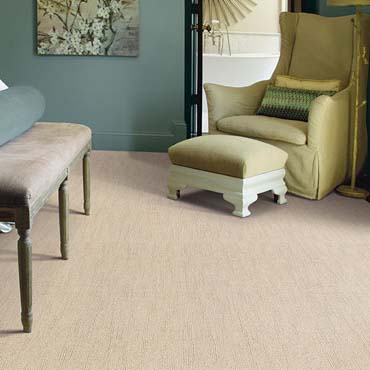
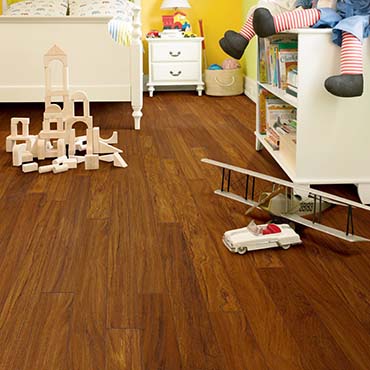
Wednesday: 7:00am-2:00pm










